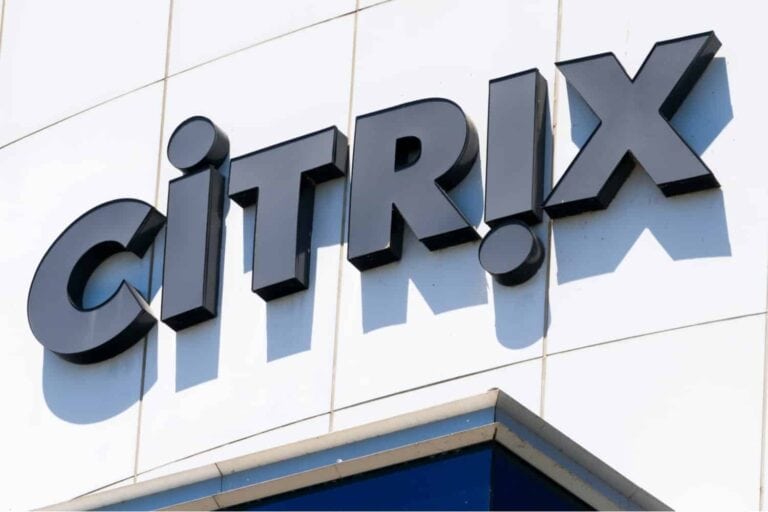Citrix is trying to regain a foothold in the general hypervisor market. The company is seizing the momentum that has emerged since Broadcom acquired VMware, which led to sharp price increases and mandatory product bundles.
Many customers who previously used separate VMware components are now faced with the more expensive and comprehensive VMware Cloud Foundation. This development is causing resentment. This is certainly the case in Europe, where industry organizations such as CISPE and Cigref have already alerted the European Commission to possible abuse of power.
Against this backdrop, Citrix announced that XenServer will no longer be optimized solely for Citrix environments, but will once again be made suitable for a broader range of workloads. XenServer 8.4, released in March 2024, marks the first step in this direction. The software is now offered via a CDN model, allowing updates to be rolled out more quickly and efficiently. At the same time, the company is working on XenServer 9, which Citrix says will feature groundbreaking innovations.
Affordable alternative
The timing of this repositioning is no coincidence. According to José Augustin, responsible for product management at Citrix, the hypervisor market is in an unprecedented state of flux. Organizations are looking for affordable alternatives that match the performance and flexibility of existing solutions. Citrix believes that XenServer can once again offer that balance.
However, the credibility of this comeback is not yet a given. For years, XenServer has mainly functioned as a niche solution within its ecosystem, while many analysts see VMware’s stack as the most mature virtualization platform. Critics also point out that Citrix now uses robust bundling models, with XenServer only available as part of a Premium license.
What remains is a strategic opportunity. For organizations looking to break away from VMware, Citrix may be a welcome alternative. The question is whether the company can maintain that momentum.
